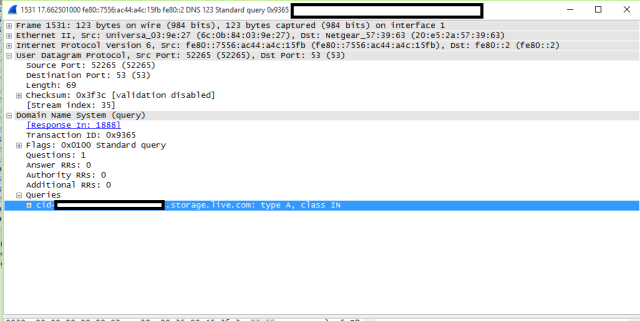Windows 10 Upgrades Are Being Forced On Some Users
URL: http://rss.slashdot.org/~r/Slashdot/slashdot/~3/JpOsLJfTByA/windows-10-upgrades-are-being-forced-on-some-users
grimmjeeper writes: According to Ars Technica the Windows 10 upgrade option is being selected by default for some users. A dialogue box is appearing that only permits them to reschedule the upgrade process, not cancel it. "For the first year of its availability, Windows 10 is available for free to most Windows 7 and 8 users, and Microsoft has been trying to coax those users to make the switch by delivering the operating system through Windows Update. Until now, the OS has been delivered as an optional update; while Windows Update gives it prominent positioning, it shouldn't be installed automatically. This system has already generated some complaints, as Windows Update will download the sizeable operating system installer even if you don't intend to upgrade any time soon, but, over the last couple of days, the situation seems to have become a little more aggressive. We've received a number of reports that people's systems are not merely downloading the installer but actually starting it up." Update: 10/16 11:35 GMT by S : Microsoft said, "In the recent Windows update, this option was checked as default; this was a mistake and we are removing the check."
Read more of this story at Slashdot.
